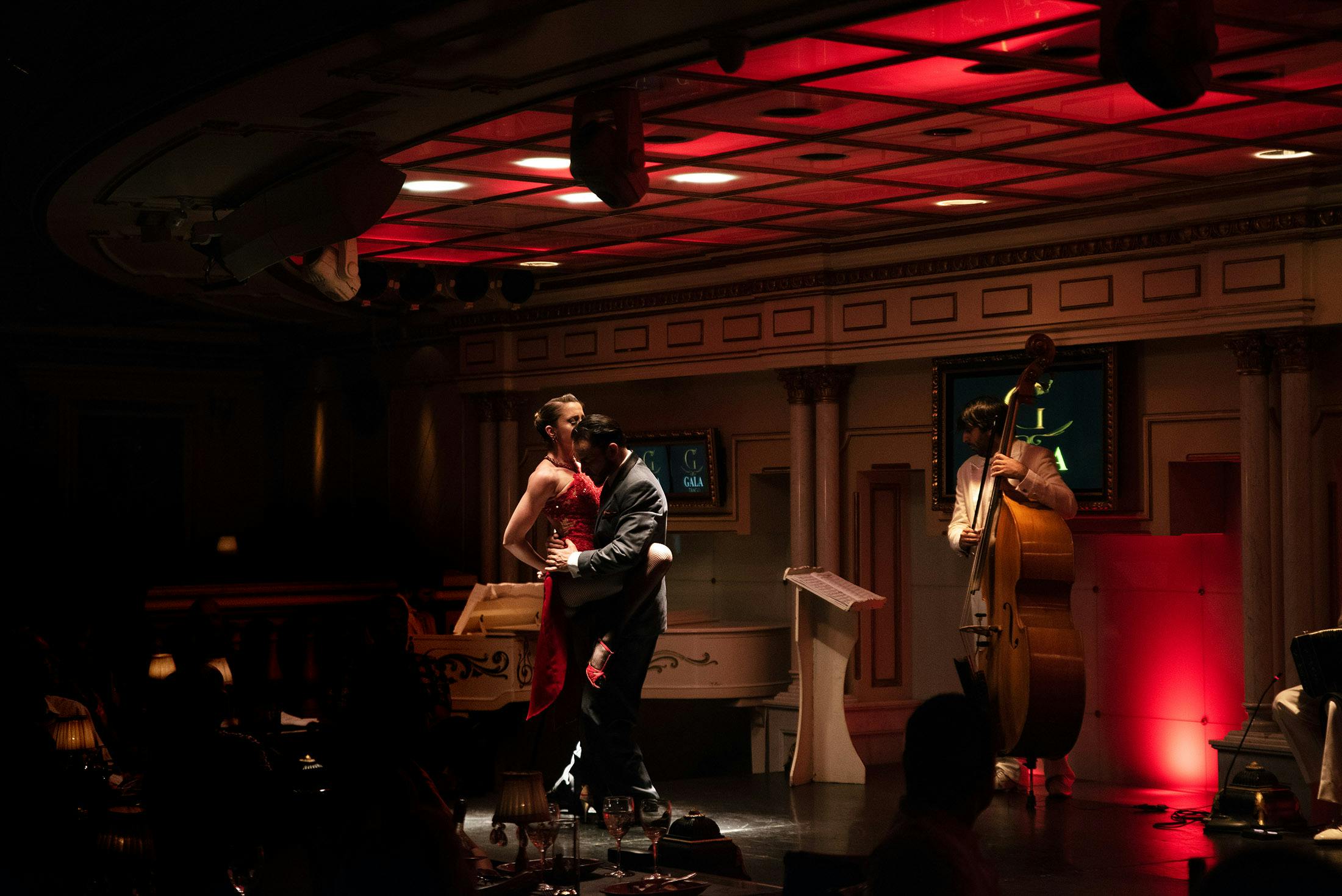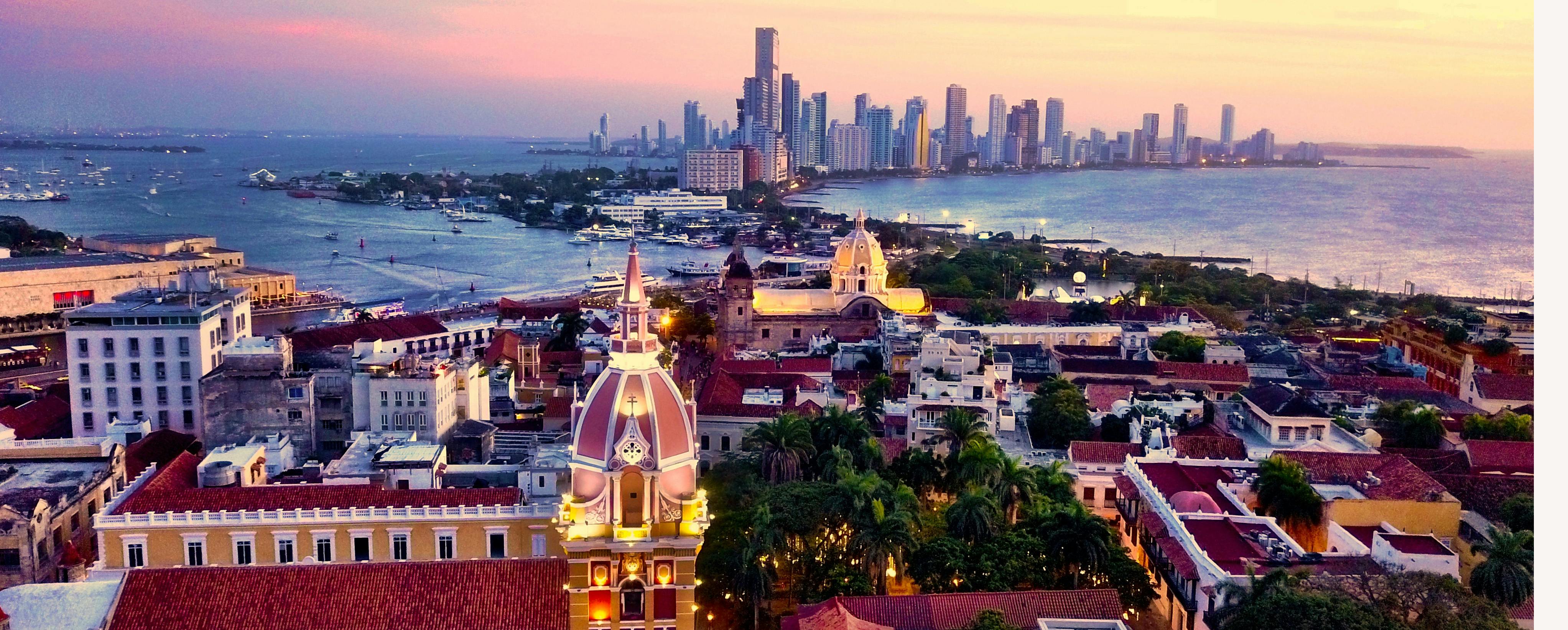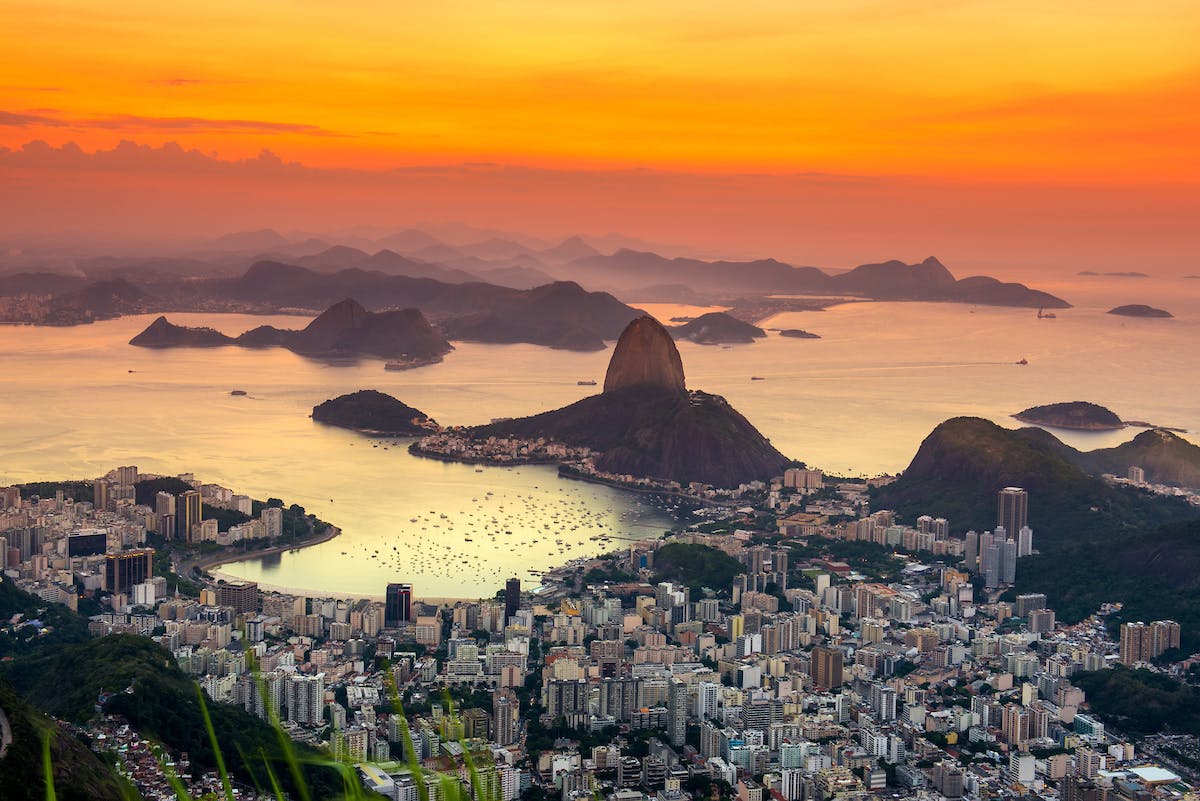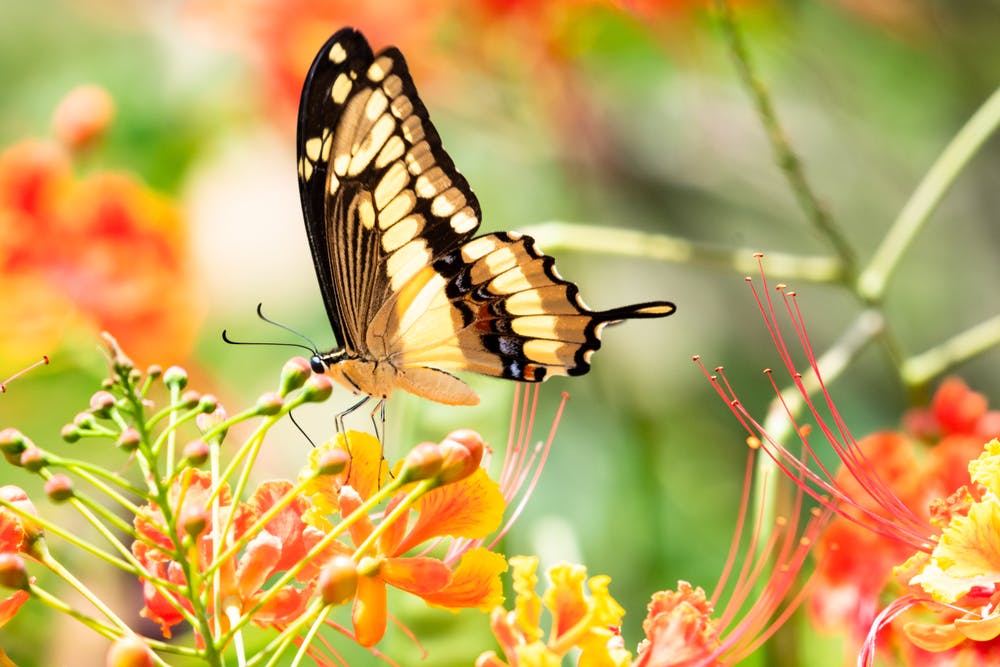Looking for Things To Do in Buenos Aires? Go on a Tango Tour!
Whether you want to learn tango in Buenos Aires or simply watch tango in the streets, you’ll find that Argentina’s capital pulses to the rhythm of this iconic dance.
Tango is an electrifying combination of music and dance, incorporating African candombe and Cuban habañera, Bohemian polka and the waltz. It first erupted on the streets of port cities Buenos Aires and Montevideo in the late 19th century, and experiencing it remains one of the most memorable things to do in Buenos Aires.
In the early 1900s, orchestras and tango dancers from Argentina brought the dance to Europe. Refined in Paris, London and Berlin, today’s version — or, more accurately, versions (there are countless variations of tango) — is an elegant embrace that tells infinite tales of romantic nostalgia.
Today, tango is considered the national dance of Argentina. While you’re in this enchanting South American country, there are many ways to experience this dance, which has become a symbol of the country itself.
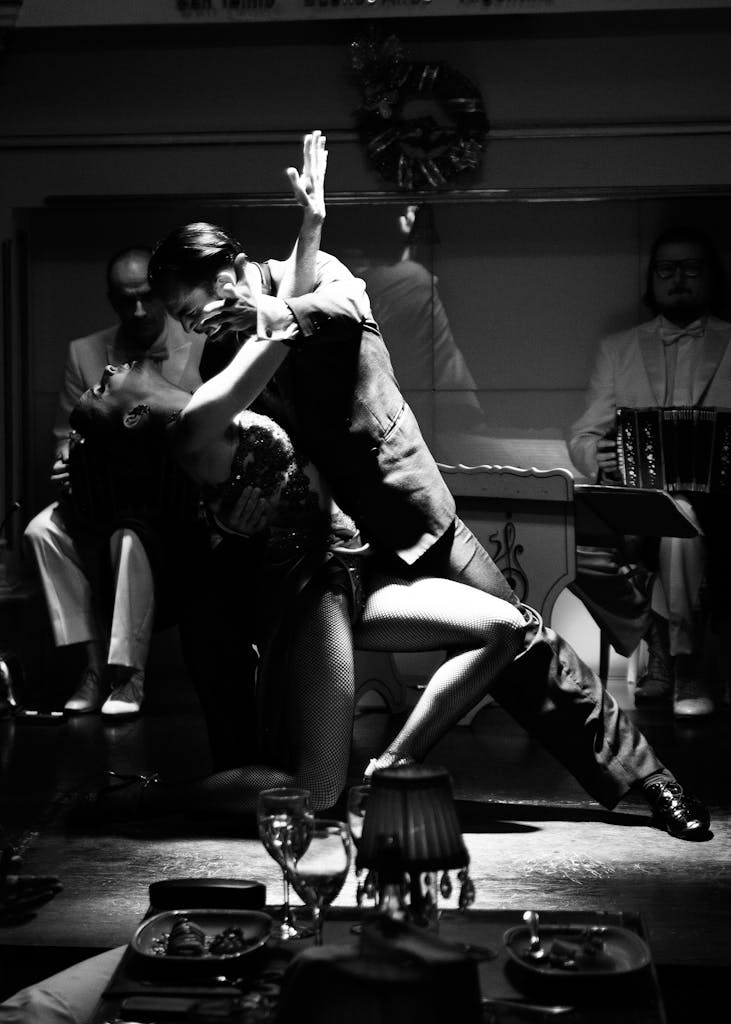
The best tango places in Buenos Aires
As Jorge Luis Borges once said, “without the streets nor dusks of Buenos Aires, a tango cannot be written.” Wander the city at sunset, and you’ll get a sense of just what the Argentine writer was describing.
If you get the chance to be in the capital for a few days, here are just a few of the different ways to experience the dance.
1. Tango show palaces
From Café Tortoni’s relaxed atmosphere to Señor Tango and its Broadway-style performances, each show palace has its own feel. The dancing is always accompanied by live singers and, typically, a quintet orchestra too. But if you fancy an intimate experience where there’s no bad seat in the house, head to Gala Tango.
At nearly all show palaces, things kick off with a three-course meal — typically involving steak and red wine. If you’d prefer, you can also choose to time your arrival so that you just see the show.
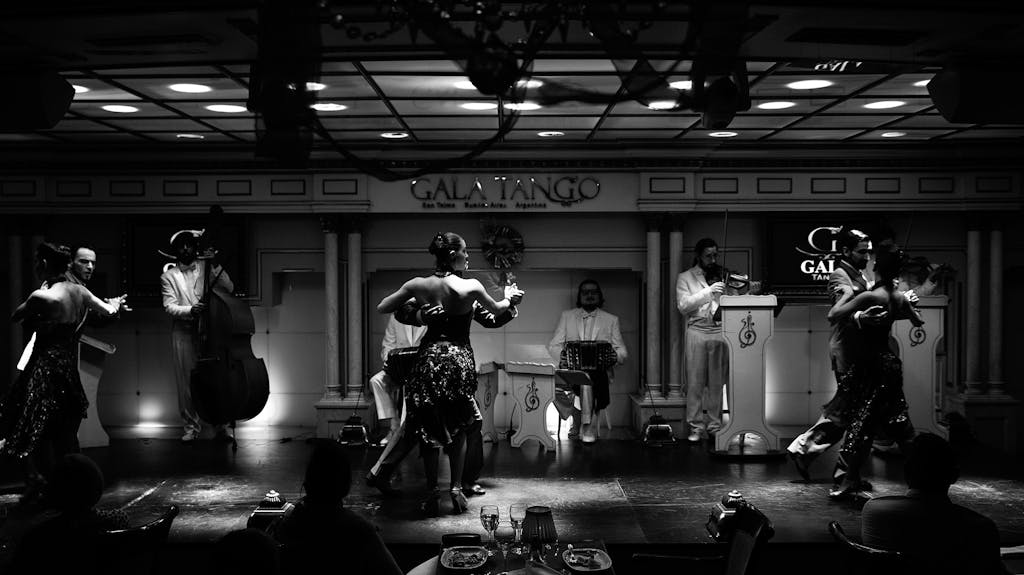
2. Tango festivals
The International Tango Festival and World Cup (Campeonato Mundial de Baile de Tango) takes place in Buenos Aires for two weeks every August, and it’s enormous. In fact, it’s one of the top cultural things to do in Argentina as hundreds of thousands experience the city’s tango concerts, films, dance shows and parties — all for free.
In December, there’s also the Gran Nacional Milonga — an open-air party on the grand Avenida de Mayo that features live orchestras and countless couples dancing in the street. It’s a fantastic spectacle to watch or take part in. Again, the experience is free.
3. On the streets
Head to the San Telmo street market on a Sunday, and you’ll likely see tango dancers with varying levels of skill performing. Also, check out the shopping street Calle Florida and La Boca, a colorful port neighborhood-turned-visitor hotspot that is one of the places where tango originated.
4. Tango bars
Don’t miss the chance to check out Los Laureles. Open on weekends, you’ll find this spot in the Barracas barrio (neighborhood) in the south of the city. An early 20th-century corner bar, over the past 120 years this spot has seen many a tango legend come in. In fact, it’s such an institution it’s been named a historic site of cultural importance, and it’s more than earned its reputation as one of the best tango places in Buenos Aires.
5. Museums
Above Café Tortoni in central Buenos Aires, check out the diminutive World Tango Museum to learn the history of tango, the story behind the dance — as well as its various styles, from piazzolla to avant-garde to contemporary. Plus, there are many gorgeous tango photos to admire.
6. Tango dance halls
Of course, you’ll want to know where to dance tango in Buenos Aires. To mingle with the locals, head to a tango salon, also known as a milonga or salón de baile. The dancing here is a little more subdued than at a show palace but no less haunting or beautiful. Tango dance halls in the city are typically packed with people of every age and background, so their one of the most authentic things to do in Buenos Aires. You’ll find, truly, a dance of the people. You’ll also notice that, if you observe basic etiquette (like dressing at least semi-smartly), you’ll be very welcome here.
P.S. Note that Argentina’s next biggest cities — Rosario and Córdoba — are also home to excellent milongas (tango dance halls).
Tip: If you get a cabeceo (head nod and an eye lock) from a member of the opposite sex sitting across the dance hall room, that person is inviting you to dance!

Where to take tango lessons in Buenos Aires
Before the experts take to the milonga dance floor around midnight, there are often classes for the uninitiated.
Welcoming spots in the capital for novices to learn include La Viruta at the Armenian Cultural Center. Classes are split into six different levels of experience, starting with beginners.
Then there’s the Palermo stalwart Milonga Parakultural. And if you wish, check out LGBTQ+ Tango Queer — where gendered traditions of who dances which part are knocked clean away.
Above Café Tortoni, it’s possible to take evening tango lessons at the Academia Nacional de Tango. Or, if you want to dance like you’re Barack Obama on a state visit in 2015, just head to the Academia de Tango Mora Godoy for your lesson.
Tip: If you’re looking for free tango lessons in Buenos Aires, plan your visit during the summer — that’s December to February in Argentina — when free classes are given in locations across the city.
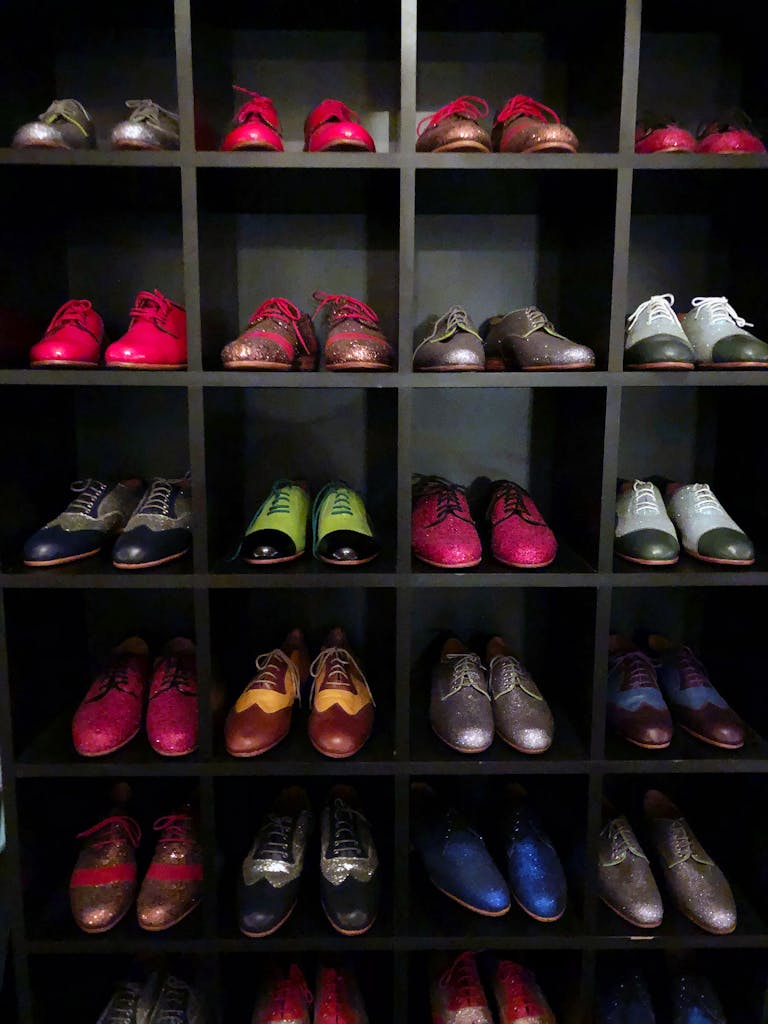
How to dance the tango
If you’re not sure your body even knows how to sway, stepping your first tango steps can feel a little intimidating. But this has always been a dance of the people, a dance for everyone — including those who don’t consider themselves tango dancers.
Camille Cusumano, the author of travel memoir Tango, an Argentina Love Story, wrote of the dance, “You lean into a stranger, you have to trust, forget what you know, and integrate: two bodies to one music.”
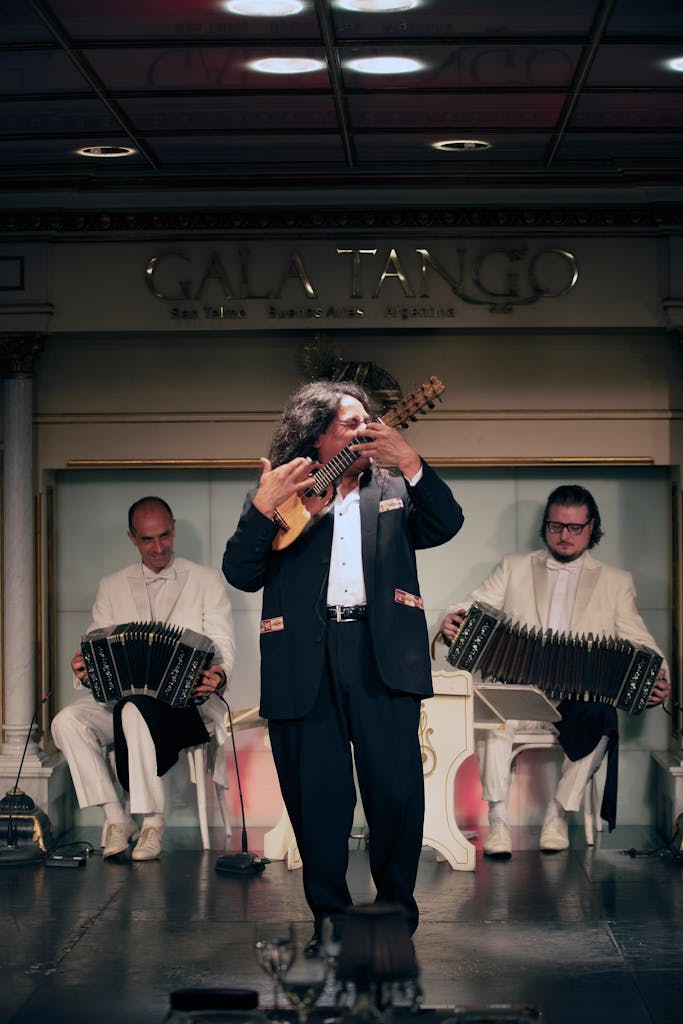
A good teacher will break the dancing down into simple components, usually in eight-step timing involving long walks, and yes, a little torso-to-torso action. So, yes, trust. You’ve got this.
Ready to experience tango in the city where it was born? Check out these Silversea cruises that call on Buenos Aires.



